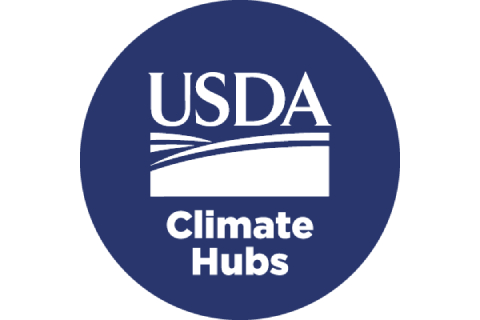By Matt Kelley (Radio Iowa)
Wide sections of Iowa were hit with a whopper winter storm this week that dumped up to ten inches of snow, thanks in part to the La Nina weather pattern that’s impacting the climate across the continent. Meteorologist Dennis Todey, director of the USDA’s Midwest Climate Hub in Ames, says we’ve been in La Nina for three straight years now.
“That’s not completely unheard of but a little bit rare,” Todey says. “The last couple of years, there has been this idea that it looks like we may get out of it. Well, this time it really does look like we’re probably going to get out of La Nina and start moving towards El Nino, and that usually is a relatively slow process.” The La Nina forms when there’s a cooling of Pacific Ocean surface temperatures.
Todey says it appears those temps are warming and the La Nina may vanish.
“It does look like we are starting to weaken relatively quickly, which is not a surprise, but the idea that we could shift very quickly and be in El Nino even by next winter would be fairly quick,” Todey says. “Some of the projections now have us that we could be in El Nino territory by the end of the growing season.” An El Nino occurs when sea surface temperatures rise above normal. Todey says seeing signs of an El Nino appearing that quickly would be unusual.
“We do have to look at this with a jaundiced eye and looking at some of these outlooks from that far out and being able to say, yes, we’re going to be there by the end of the growing season — we can’t say that with certainty,” Todey says. “Certainly, I think we could consider that we could be in El Nino territory by the fall and maybe even at the end of the growing season.” He notes, there are concerns an El Nino could add more heat to an already warming climate, which would be foul news for Iowa, most of which remains in very dry or drought conditions.




